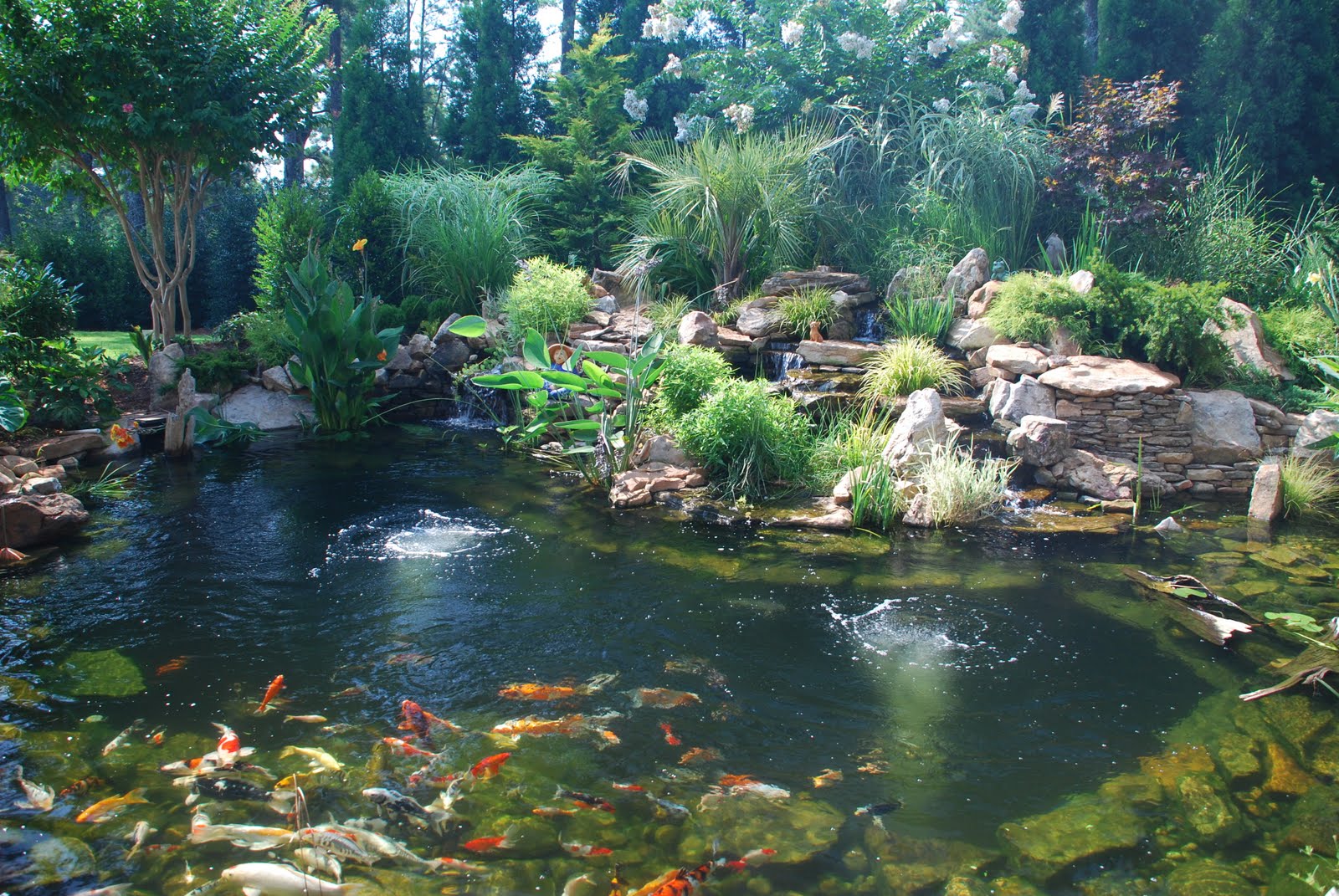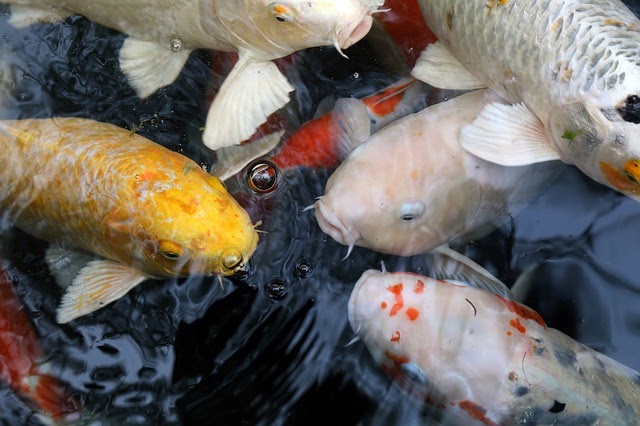
Maintaining Optimal Alkalinity Levels in Your Koi Pond
Introduction
Koi ponds are not only beautiful but also require proper maintenance for the health of your koi fish. One of the essential factors in maintaining a healthy koi pond is the alkalinity level. In this article, we will discuss everything you need to know about koi pond alkalinity level, including why it is important, how to test for it, and how to maintain optimal levels for your koi fish to thrive.
What is Alkalinity?
Alkalinity is the measure of a substance’s ability to neutralize acids. In a koi pond, alkalinity levels refer to the total carbonate and bicarbonate ions in the water. The alkalinity level acts as a buffer, preventing drastic pH changes in the pond.
Why is Alkalinity Important in a Koi Pond?
Maintaining a stable alkalinity level is crucial for the health of your koi fish. Low alkalinity levels can lead to pH fluctuations, causing stress on your koi fish. On the other hand, high alkalinity levels can cause the pH in the pond to become too basic, leading to decreased oxygen levels in the pond. Additionally, high alkalinity levels can cause scaling and buildup in the pond equipment, which can be detrimental to the overall health of the koi pond.
How to Test for Alkalinity Levels in Your Koi Pond
Testing for the alkalinity level in your koi pond is simple and can be done using an alkalinity test kit. These kits use colorimetric tests to determine the total alkalinity levels in the pond water. The general recommended range for alkalinity levels in a koi pond is between 100-200 ppm.
How to Adjust and Maintain Alkalinity Levels in Your Koi Pond
Maintaining optimal alkalinity levels is achievable by following a few simple steps. First, it is crucial to test your pond’s alkalinity levels regularly. A sudden change in alkalinity levels can be harmful to your koi fish. Secondly, if your alkalinity levels are too low, you can add calcium carbonate to the water to increase its levels. Conversely, if your alkalinity levels are too high, you can lower them by doing a water change and using an acid buffer to bring the levels back into the recommended range.
Other factors that can affect the alkalinity levels in your koi pond include pond size, the number of fish, and the amount of organic matter in the pond. Therefore, it is essential to perform regular water changes and keep your pond clean.
Conclusion
In conclusion, maintaining optimal alkalinity levels in your koi pond is crucial for the health of your koi fish. Testing the alkalinity levels regularly and adjusting them appropriately ensures your fish and pond thrive. Remember to keep the pond clean and perform regular water changes to maintain optimal alkalinity levels in your koi pond.









